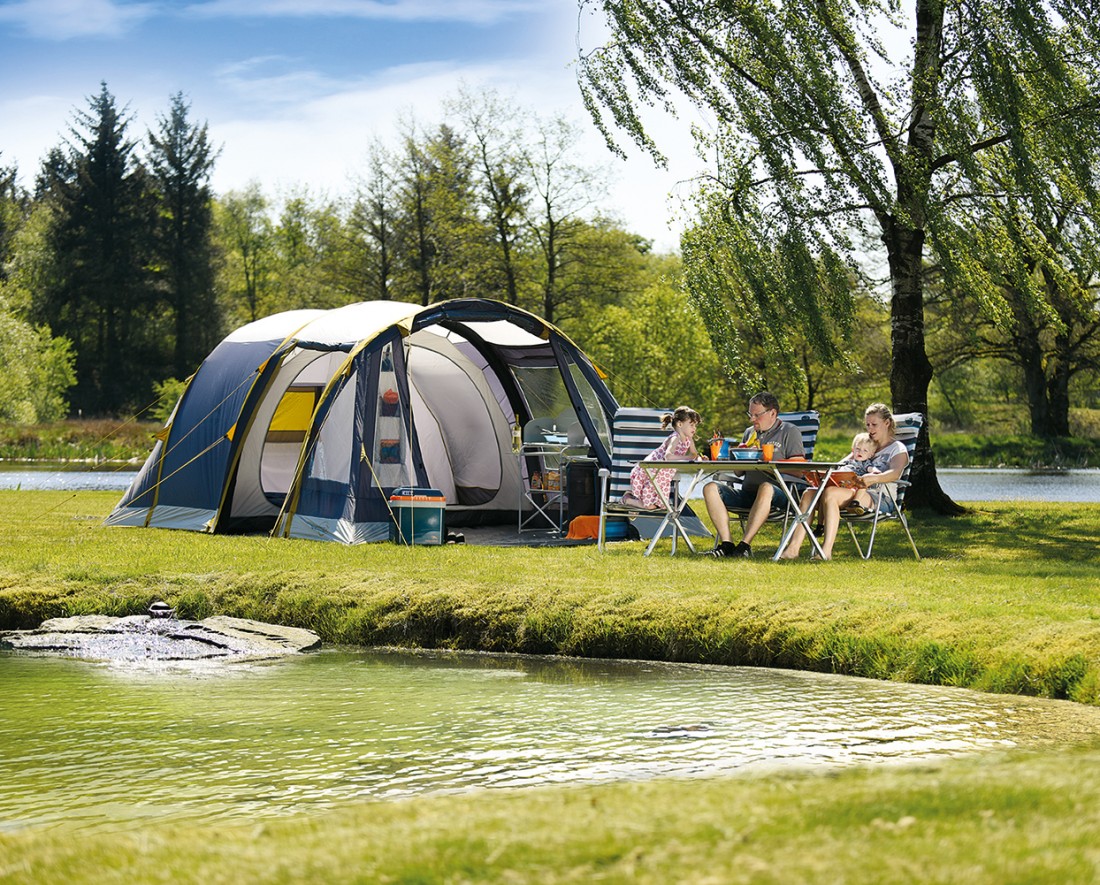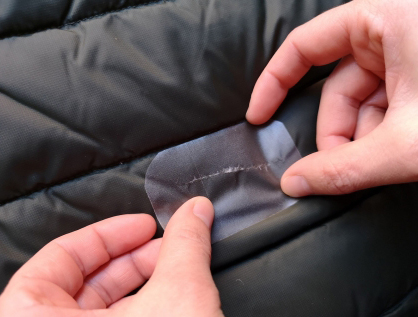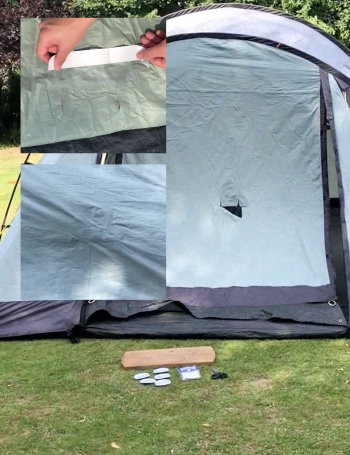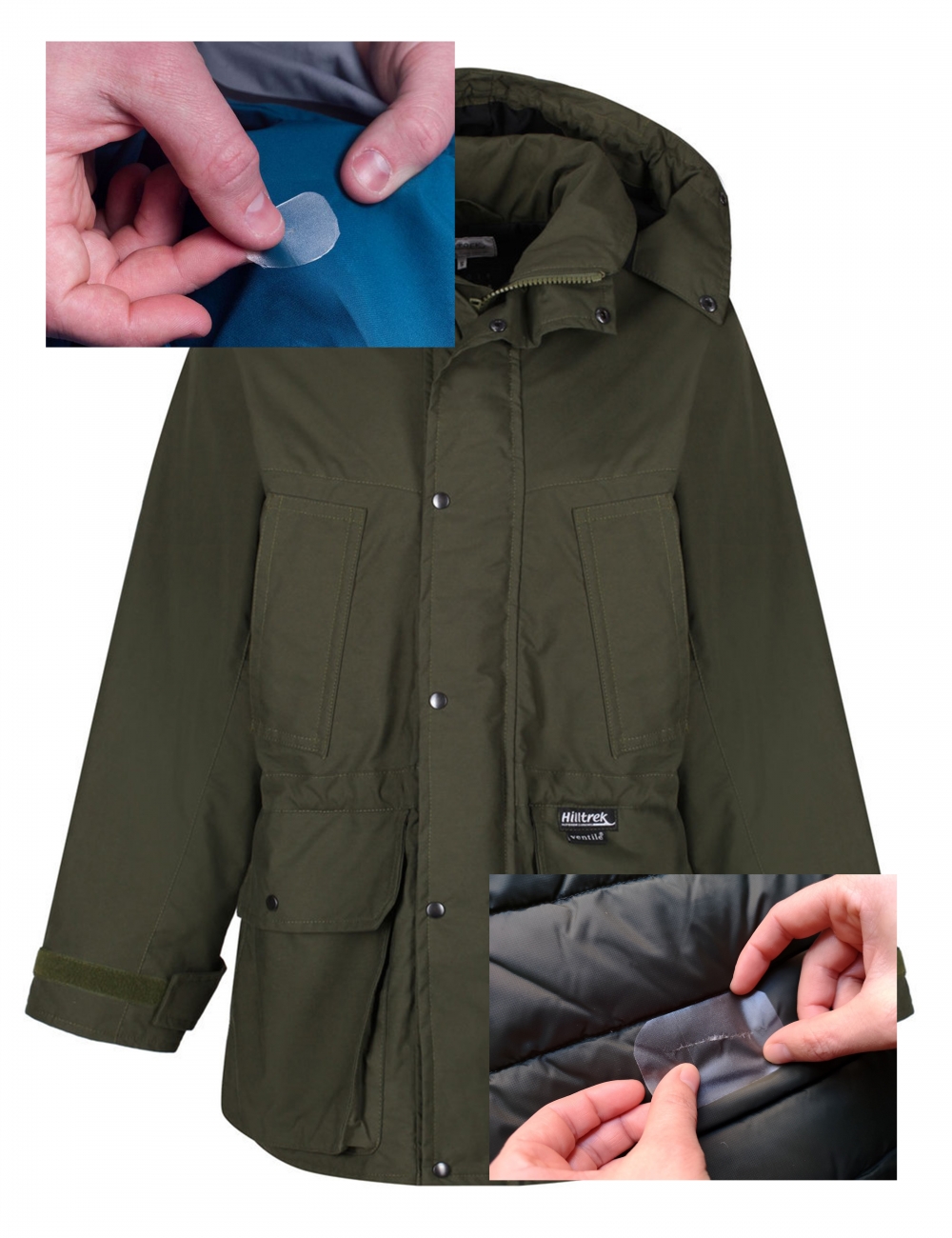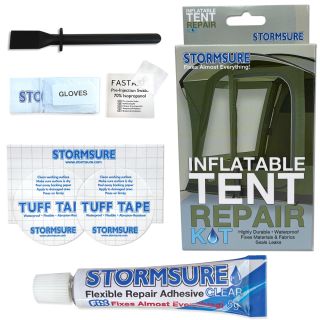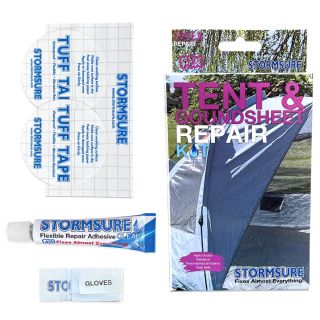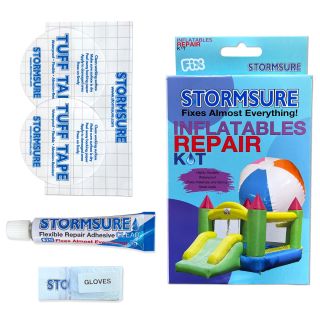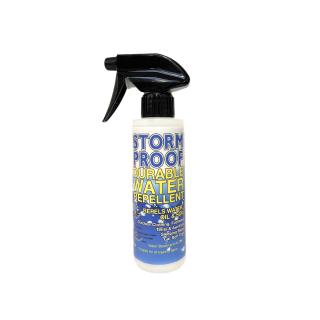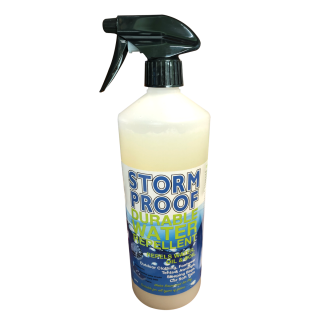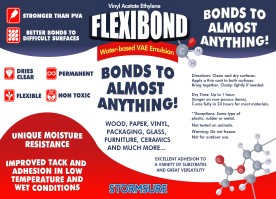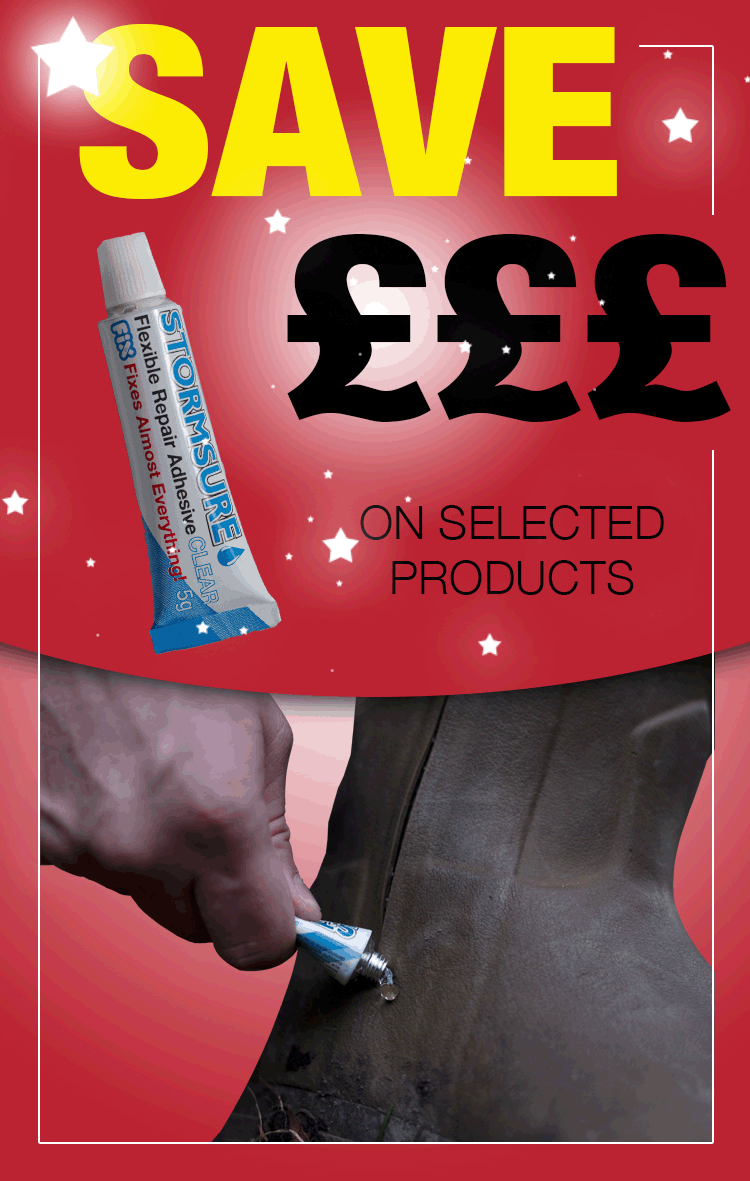You’ve got that fancy tent, the ultralight and comfy sleeping bag that keeps you toasty all night, and the cushy sleeping pad that packs down to the size of a small burrito. Or you’ve got decades-old gear that has survived dozens of trips. In short: you’re stoked and ready to experience the great outdoors.
And everything is great, right until you put a hole in your gear. Unfortunately, puncturing your gear is just part of the game when it comes to camping. The woods are full of sharp things just waiting to tear into your gear. And, if you are trying to lighten your load, that lightweight gear is the more susceptible to ripping and tearing.
The good news is that a small hole doesn’t spell the end of any piece of gear. Most holes can be patched pretty easily with the right knowledge and equipment. We’ve put together this guide to help you repair holes in your camping gear, from clothing to tents to sleeping bags and pads.
How to Repair Holes in your Tent and Sleeping Bags
No matter how carefully you are, at some point, you’ll need to patch even the best equipment. Don’t worry, it’s quick and easy to do, and most patch jobs come out just as strong as when the gear was new.
For all outdoor gear, it’s a good idea to look at how the manufacturer recommends repairing it. So before you do anything, look up your piece of gear and see if the original manufacturer has any tips.
Next, get yourself some patch kits. Stormsure's TUFF Tape and Repair Kits is by far the best option as an all-in-one solution that can can quickly fix holes in tents, clothing, footwear, luggage, bags, sleeping bags, pads and more. Grab the small patches and throw them into your First Aid Kit so they’ll always be on hand.
How to Patch Tents
If you get a hole in the nylon material of your tent (not the mesh), you’ll first want to first clean the area (if you can) with a bit of soapy water, then let it dry. Carefully cut off any fibers to keep them from fraying and making the hole bigger. Also makes for a neater repair.
If the hole is in the rain fly of the tent, make sure the patch is waterproof. Stormsure's TUFF Tape is a non-rip, ultra strong polyurethane tape which is Waterproof but others may not be. The key to using any patch kit or repair tape is to cut a piece that’s a least one inch bigger in every dimension than the hole, and to make sure there are no pointy corners on the patch when you’ve laid it down. Pointed corners have a tendency not to stick, and to peel back over time, so you’ll want a patch shape with rounded edges, a circle or oval is best. All of Stormsure's Repair Kits come with circular patches.
Again, make sure the area around the hole is very clean and dry before you patch it, as any dirt or moisture will make it harder for the patch to stick.
For tents (and backpacks) we recommend a patch both on the outside and the inside of hole. This will make the patch more durable, and less likely to let moisture in over time.
How to Repair Clothing and Sleeping Bags
In many ways, patching your clothing (like a rain jacket or puffy) or a sleeping bag is just like patching a tent. It’s very important to repair up any holes as soon as you notice them, because if you don’t the down or synthetic insulation will escape, make a mess, and make the hole bigger.
Just like with your tent, you’ll want to clean the area first with some soapy water and let it dry. For down jackets and sleeping bags you’ll want to let it dry in the sun for a while. Then it’s a good idea to trim any loose strands around the edges of the hole, before you patch.
Get out a patch that’s roughly one inch larger than the hole, and lay it down, careful to make sure your patch doesn’t overlap any seams. If it does, it will have trouble sticking. Smooth out the patch from the center to remove any air bubbles. This should be good enough. If the hole is near a seam then you may want to use some Stormsure Flexible Repair Adhesive for extra strength.
How to Repair Inflatable Sleeping Pads/Beds
Of all the camping gear you can put a hole in, sleeping pads might be the most frustrating (and the most common). A leaky sleeping pad leads to long, cold, hard nights out.
The first thing to do is to figure out where the hole is. If it’s not visible, inflate the pad all the way, and listen carefully to figure out the general area where the hole is. If this doesn’t work, make some soapy water and throw it on the pad where you think the whole might be — the air coming out will make the soapy water bubble. If you don’t see bubbles where the air is escaping, you’ll need to submerge it fully in the bath tub and find the leak that way — but it’s a last resort.
Once the hole is located, take note of where it is so you don't loose it with a black marker and let it dry fully (while inflated).
There are two parts in most sleeping pad patch kits: a tube of glue and a patch. Stormsure's Repair Kits come with a tube of glue, two circular patches plus a 15cm long strip, so we have repairs covered.
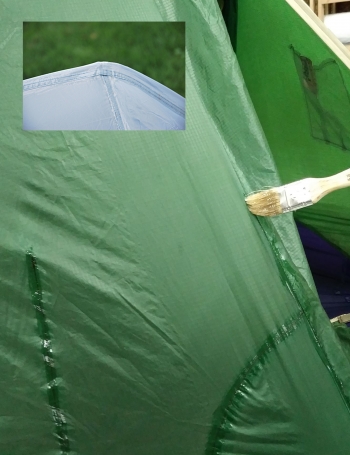 For some repairs, you will only need to use the glue and not the patches or just the patches. As a rule of thumb, using the glue is definitely the more permanent repair. It is also advised to use the glue on any inflatable as it is much stronger than the patches. Also the patches do not work well over any seams, so the adhesive will need to be used. The patches are great for a temporary fix for smaller repairs on flat surfaces.
For some repairs, you will only need to use the glue and not the patches or just the patches. As a rule of thumb, using the glue is definitely the more permanent repair. It is also advised to use the glue on any inflatable as it is much stronger than the patches. Also the patches do not work well over any seams, so the adhesive will need to be used. The patches are great for a temporary fix for smaller repairs on flat surfaces.
If using just the glue, then deflate the inflatable before applying the glue. Then apply the glue to the damaged area and also covering 1cm around the damaged area. Then leave to cure. Ideally you can apply on a flat surface so the adhesive doesn't run. The glue is a polyurethane glue which means it will have rubbery like qualities when cured. Making it perfect for inflatables and footwear and clothing as it has some durability and flexibility in it. The adhesive is also completely waterproof when fully cured. Stormsure Flexible Repair Adhesive does take 10-12 hours to cure properly so please bear this in mind when doing your repair as it is important for the glue to cure fully.
Using both a patch and glue.The same process as above then you can choose to put a patch on top of the glue. But quite often it is not needed and the glue will be good enough on it's own. For aesthetics purposes and to get a smooth finish then a patch can be used on top of the adhesive. You can apply the patch on top of the glue whilst the glue is wet. Again wait the full 10-12 hours for the glue to fully cure.
In both instances once cured, inflate the pad/bed carefully, and check the area with some water to make sure it’s fully sealed and not bubbling at all.
As most repairs are likely to be done whilst you are out and already on holiday, then the patches are really a life saver. Then when you get home you can do the permanent repair ready for the next trip.
In the end, repairing your outdoor gear is pretty simple. You just need a patch kit, a bit of time, and a positive attitude.
Stormsure's Repair kits can be used for a multitude of things. Once you've used it once, you'll see the potential it has for everything from around the house to all your outdoor repairs.
Water Repellents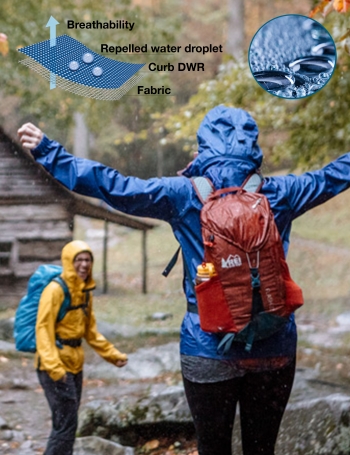
One thing we never really plan on, especially during Summer is for the weather. Although most of time it is glorious, sometimes especially in th UK we can come across some quite extroadinary storms during the summer months. Stormsure has a solution for this too! We recommend protenting all of your gear with a water repellent. SO, if it does rain the water will just run right off your clothing, gear and tents helping to protect you form the elements as much as possible. Of course we recommend doing this before you go on your trip but it can be used whilst your are away too.
Stormsure's Stormproof is a spray-on durable water repellent that you should use on your outdoor gear such as foul weather clothing, raincoats, woollen coats, hats, breathable jackets, fleeces, tweeds, synthetics, tents and footwear.
It effectively repels water, oil and soil and works perfectly on nylon, cotton, polyester, wool, leather and more. Water just rolls off the surface without wetting it. To use, simply spray evenly onto your garment and allow to fully dry in a warm place.
Unlike some other waterproofing sprays, Stormproof is non-toxic and does not have a nauseating chemical smell, meaning it can be used in any environment and not necessarily outdoors.



